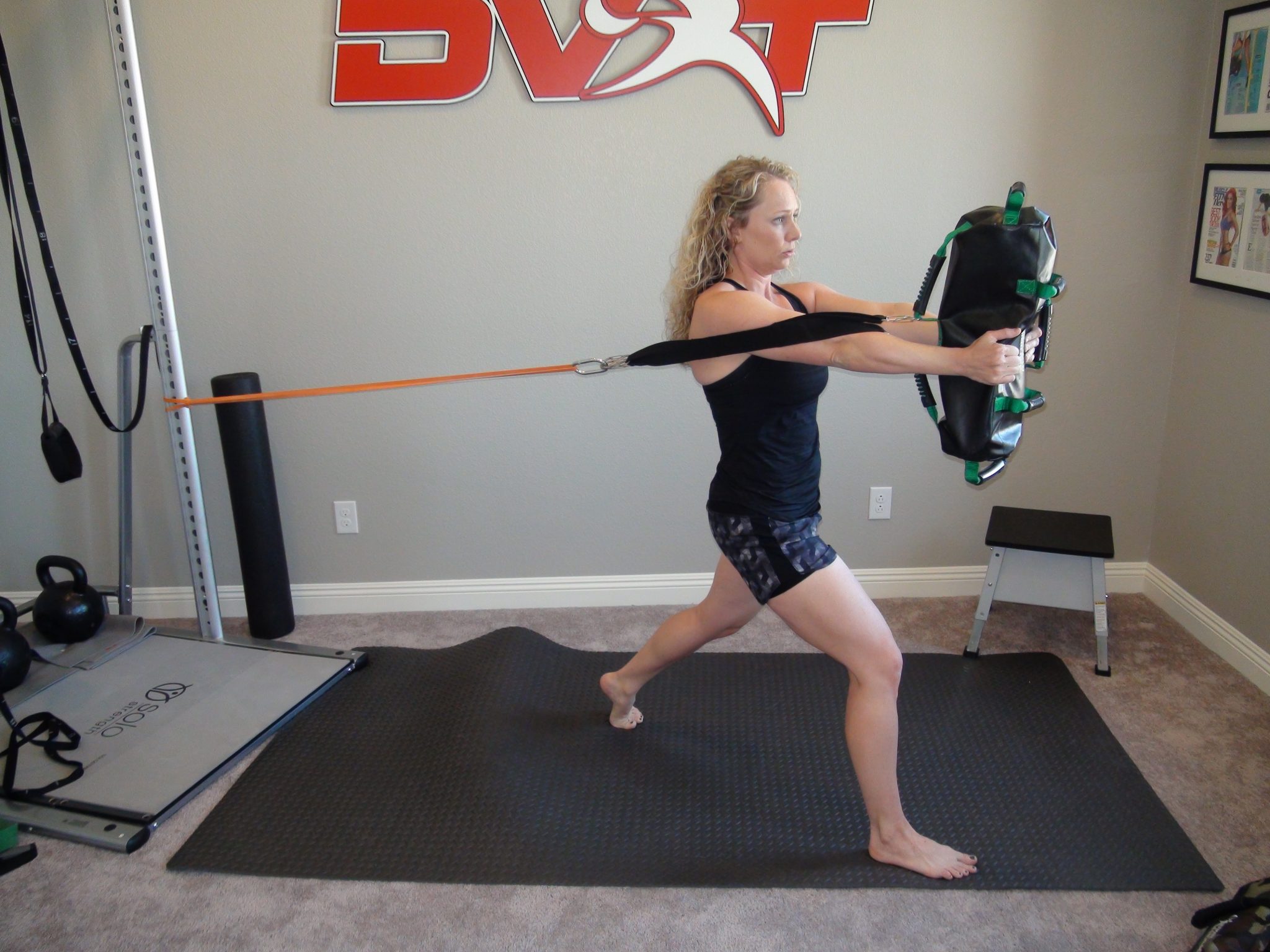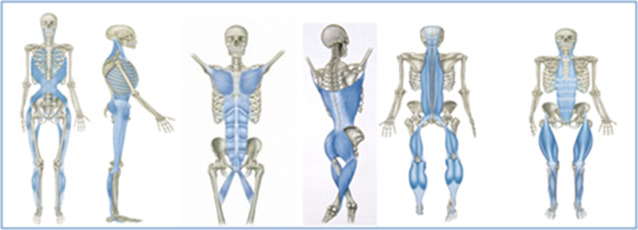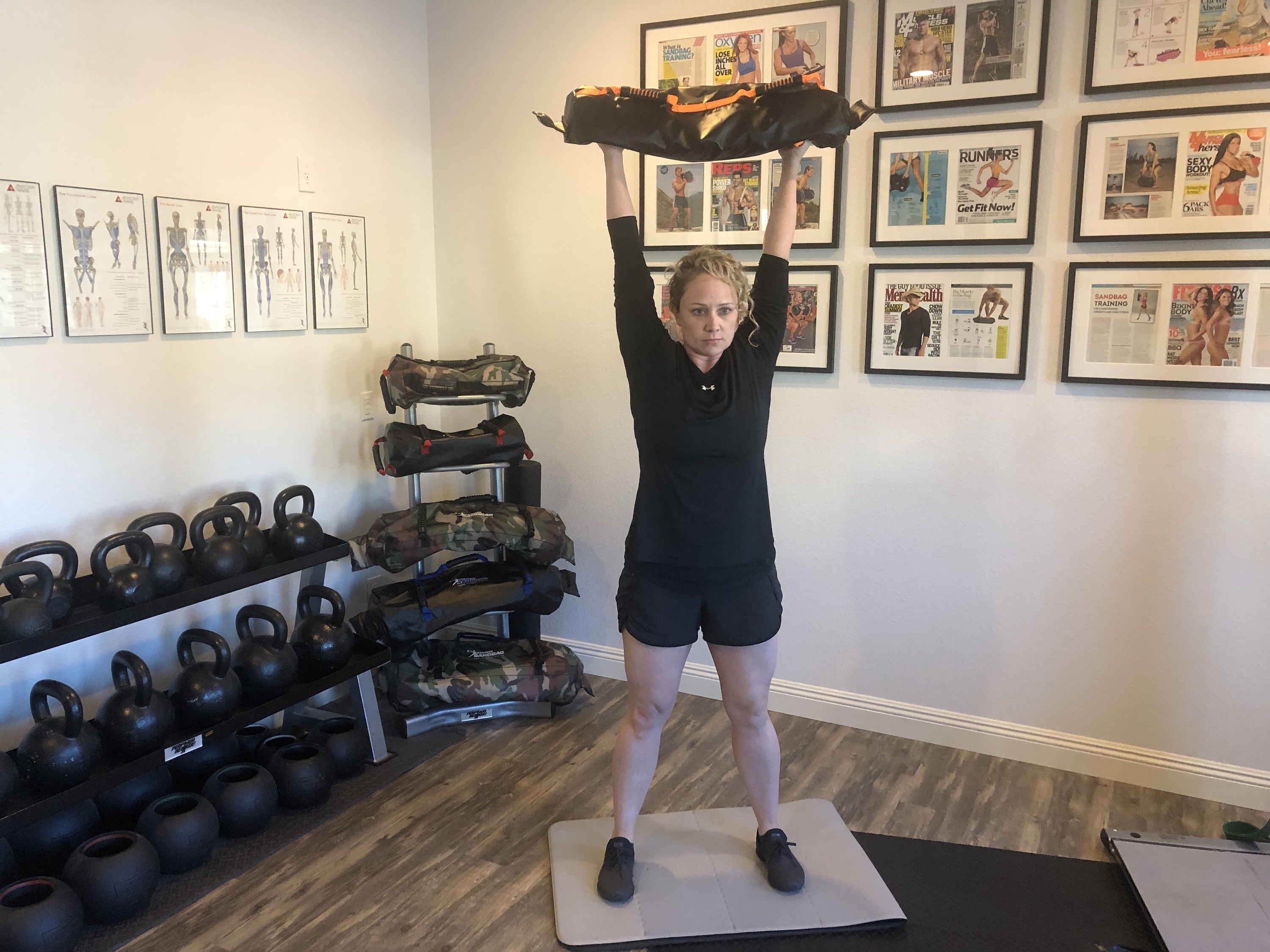Pain Free Shoulder Exercise
2019-01-6

Jessica Bento, Physical Therapist (co-creator of L.I.F.T. certification)

Last week I shared some of the most important foundational exercises (you can read HERE) to use for pain free shoulder exercises. It isn’t just as a physical therapist that I get so focused on people NOT using their shoulders to press, but the whole body. The fact that most of my life I dealt with very painful shoulders from years of competitive swimming, I know personally how debilitating pain can be and how shoulder exercises need to be changed in how you think and perform them.
With those foundations we have the potential to perform many shoulder exercises that don’t focus just on the shoulders, but how to use the whole body to be strong. Even if your goal is to ONLY look better it makes sense to use exercises that use many muscles rather than those that only work one at a time!
I become quite sad though when people miss simple ways to help people learn to perform shoulder exercises so they don’t hurt and instead get focused on “the burn” or just making people tired. Listen, making people tired is something my Mom could do back in the 80’s when she was an aerobic instructor. Making people better is what we strive for here! So, what are some of the most common mistakes? Let’s look at 3 big ones that can change everything you think of shoulder exercises.
Step 1: Your Core & Lower Body
Coming from the physical therapy world, I usually see people that have pain, cranky, and/or immobile upper bodies. Rushing them to press weights overhead isn’t something I am so keen on doing. In fact, many times I will start in horizontal positions where mobility is not such a limiting factor and get people to understand that the core and lower body are essential to shoulder exercises.

The following diagram from Thomas Myers, “Anatomy Trains” shows how our feet, hips, and core are all attached and influential to how our shoulders are used. That means shoulder exercises need to teach people how to use their lower body and core. Those exercises I wrote about last time are a great start, but where do we go from there?
Cementing how we use our core and lower body is essential in having healthy and strong shoulders. If you think about the body in most simple terms, the shoulders need a foundation to perform upon and that comes from the core, pelvis, and lower body. That is why drills like the following may not be obvious “shoulder exercises” but due to their connection of these areas of the body they absolutely represent both!
In fact, it is a lack of stability and strength from the lower body up that often impacts people’s upper body strength and mobility the most! That is why DVRT Master, Cory Cripe, breaks down why this misunderstood DVRT exercise can make all the difference!
Step 2: The Moving Plank
Learning the concepts of the ground and core are important, but we want to progress to more dynamic and challenging environments like standing. In standing we can handle more load, but we can also see compensation easier. As you will see load is an important teaching tool to your shoulder exercises, but what we DO with the load is even more important!
Josh and Troy teach some of the important foundations of our Ultimate Sandbag Press. Why we love starting people with full body pressing like the Ultimate Sandbag is to learn how to use the ground and core to serve as a foundation for the shoulders. The instability of the Ultimate Sandbag gives a lot of feedback upon what we are and are NOT doing in proper pressing.
The half and tall kneeling positions CAN be great ways to teach people how to perform shoulder exercises from the ground up as being a bit unstable forces people to use their feet more. However, getting load is sometimes really important and doing some of the drills standing can be the perfect way to reinforce good pressing techniques.
DVRT Master, Cory Cripe, shows how manipulating your body position can make the same weight feel heavier or lighter. It is also a way to teach the moving plank that we need for good shoulder exercises in different environments.
Using kettlebells creates some different opportunities for these shoulder exercises (are you starting to see that shoulders are really the only muscle or the MOST important muscles in these pressing drills?), due to the fact we hit a different range of motion and have two independent weights.
So?
The neutral grip position of pressing the Ultimate Sandbag is often going to be the easiest on one’s shoulder because we have the lats and core maximally engaged. Rotating the elbow out we lose some of that connection and if not done correctly can cause shoulder issues to come about. That is why learning to use the ground and handles of the kettlebell are essential.
Where the kettlebell does allow a difference in the fact we can use just one or alternating kettlebells to get a different training effect. For those that are really struggling with their mobility, using one or alternating kettlebell work can be a helpful means of creating stability to create greater mobility. Knowing which tool and why you are using it is essential!
Step 3: Where Your Hands End Up Matters A LOT!!
Going overhead is a big deal because it is a combination of strength, stability, and mobility all coming together to not just demonstrate the strength of your shoulders, but the health of them as well. That is why we don’t let people off the hook from doing shoulder exercises with the goal of getting them overhead!
With that said, not putting everything overhead is a great idea! For example, I see people using kettlebells like THIS a lot and it is a really BAD idea.

C’mon my face says it all, but why is this not good for your shoulders?
The above picture is a great example of “just because you can, doesn’t mean you should!” Yea, okay, I got the weight over my head, but this is a horrible shoulder exercise because of how my hands line up with my shoulders.
So many shoulder issues begin with biceps tendon problems. The biceps tendon runs across the shoulder and when gets “pinched” by the joint causes a host of issues. What is the easiest way to get it pinched? Try to press with your hands inside of your shoulders. That is why when you look at even our Ultimate Sandbag presses you see how our hands line up even or outside our shoulders.

Training for a long time and having great success means understanding how our body is built for movement. Many times the way I help lifters and fitness enthusiasts of all sorts is simply help them STOP doing the things that are causing bad issues for their body. The poor biomechanics can ruin you just as fast as a bad program. It isn’t about what you lift, but HOW you lift it!
That is why our L.I.F.T. program is something so different. We don’t teach you just exercises. The program is designed to teach you the science of the body’s movement and how to optimize it through teaching the right progression, lesson, and using the right tool to be your ultimate teacher! Check it out for 25% HERE for ONE more day with coupon code “lift”
Understanding how drills like the one’s below relate to safer and stronger shoulder exercises is what functional fitness is all about!
https://www.instagram.com/p/BjqcbdQl8Qo/
© 2025 Ultimate Sandbag Training. Site by Jennifer Web Design.






